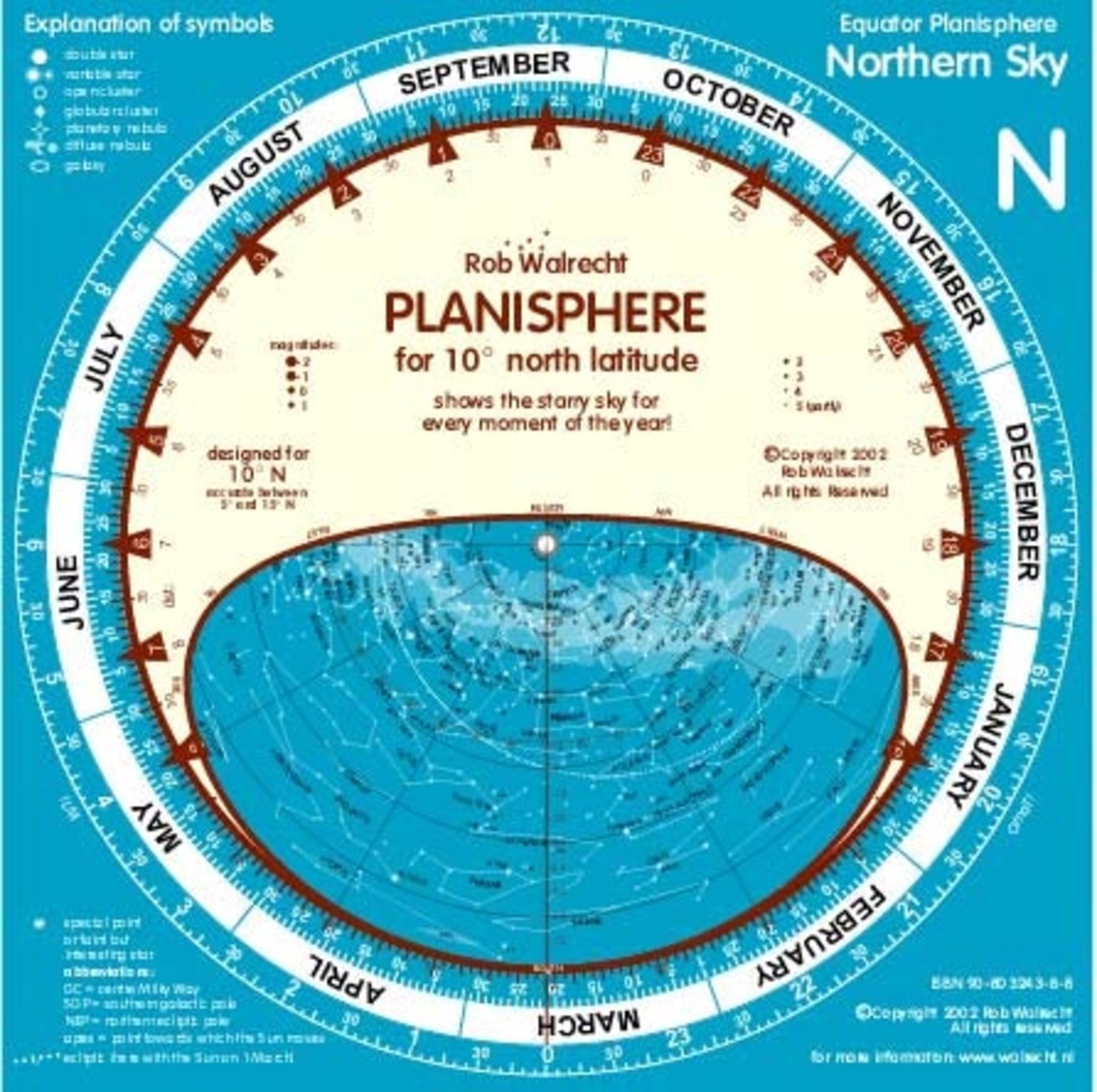Locating the Measure of Absurdity in the Rise of Academic Hegemonies

Academic arrangements are often identified in line with the observed patterns that lead to their widespread recognition, hence greatly assume a brand of particularity that is consciously agreed to be patterned with the collective notion of their entirety – say for this case, a field of study that has long-been established. As a result, this brings about the emergence of studies that concentrate on different primary sets of premise. Although it is equally important to acknowledge the validity of a field of study, there remains a gap as to whether or not a question of extent is necessary to be raised toward the scale of validity because this entails that such a proposition of importance may or may not result to its academic integration and therefore, the conscious and unconscious projection or denial of hegemonic complexities that bring about a single manifestation and comprehension of reality. This is to advance the challenge for an individual and a practice that are representative of their academic field to set their own parameters with regard to their subjective and objective measures thereby shall indicate a limitation of significance in context, provided that doing otherwise may lead to generalizations which, in turn, may be transformed into stereotypical notions which may direct the academic environment in function and the authorized individual in practice to a rivalry of comparison in line with the designation of major and subordinate figures. Further, this is to establish that academic disciplines, practices, and individuals – as subjects to a dynamic milieu – are in different timelines of operation. With that, provides an assertion of differences in the absence of a hierarchy.
Having been specialized and professionalized for a range of practical reasons, field of studies are yet to concede their dogmatic natures that shall declare their keen interest toward the improvement of their fields which may be made possible by incorporating other developing studies alongside their own. This is to prevent the increasing tensions that emerge out of the tendency to compete by responding in an absolute term toward the concerns of the human condition because such a state of extremity denies the contingent aspect of what may put into effect but rather, creates a rigid sequence of causation which may result to a delay in maintaining transparency (Nisbet, 2009; Diamond, 1987). However, transparency per se can be claimed, based on how it is framed on the field’s perspective thereby accounting for a technical end with the use of a personal means that may develop into a question of credibility and liability because this does not guarantee a universal impact, yet merely deems it to be factual on behalf of its academic ground. This is apparent on how studies are validated with the use of the ascribed, structured tools, methods, and frameworks of their respective fields to which the succession of their initiatives are to be associated. Despite this being acknowledged, scholars – especially those whose interest are in conflict with others – position themselves into a narrative of absurdity from which an impression of opposition against the Other is affirmed by a partial credit that appeals to their own discipline, to an extent that an act of reason either becomes too physical or theoretical – in a way that it no longer identifies the underlying components that contribute to its relativity – thereby eradicating the restriction of their subject matter (Diamond, 1987). On that account, this follows a concern of neglect that is to be resolved by adopting an interdisciplinary perspective whereby a study in value acquires a negotiated assistance in context.
In conclusion, this suggests that an account of multiplicity – brought about by an expansion of specializations – is not necessarily tantamount to a concept of order which shall classify others to be lesser than what they appear, but rather upholds a series of classifications that are to be understood in reference to their developing nature. Moreover, – upon further recognition – this elevates the discussion of varying distinction of academic disciplines into a meaningful, and eventually a transformative one whereby a permission of realignment with regard to their embedded interrelations alongside other disciplines is to be set into a continuing process of reconsideration. Therefore, provides an emphasis on a self-reflective approach toward the cultivation of the subjective and objective measures of any academic grounds because as per the reality of absurdity – to hegemonize is to refuse the potential in its principle.
References
Diamond, J. (1987, August). Soft Sciences are Often Harder than Hard Sciences.
Nisbet, R. (2009). Social Science.





